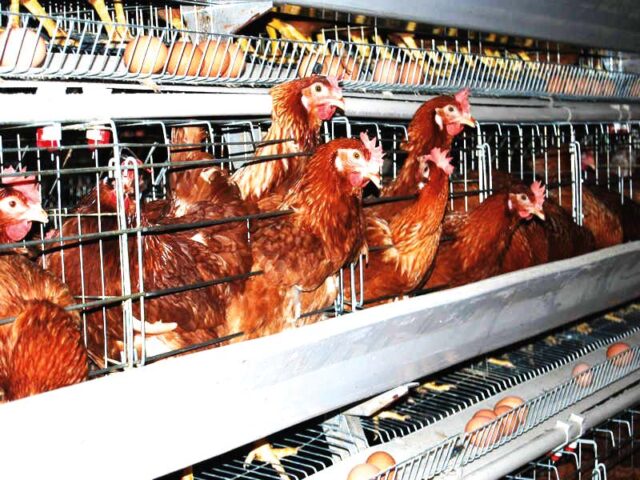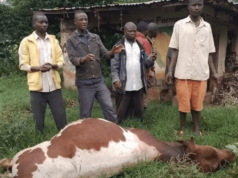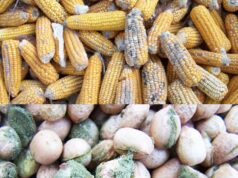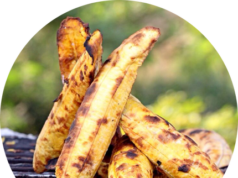Proper management in a poultry enterprise is very important if one is to reap from chicken. While some farmers choose to rear broilers for meat production, some choose to have layers. Beatrice Nakibuuka explores how to maximise profit from layers.
Before getting the chicks, a farmer needs to understand the variety and flock production capabilities: how to budget for feeds for layers until when they start laying eggs, when to expect the first eggs, factors that may influence onset of lay, when to expect peak production, duration of lay and how to tell laying birds from those not laying, among others.
As a layer farmer, one has to understand all the variables that may affect egg production, according to Dr David Galiwango, a veterinary doctor at Concfeed.
The number of eggs from a flock and months in lay depend on, the following variables: the breed of birds, management of the pullets (young hens) before lay, light management, nutrition and space available for your layers, among others.
Breed
The decision of what breed to rear is taken by the farmer and then the hatchery supplies chicks from birds bred for optimum egg production with known potentials.
Dr Galiwango says: “Flock management determines when and if your hens reach their egg-laying potential.
Management also determines whether the flock production curve fluctuates erratically or follows the established pattern.”
Pullet management
Success or failure of the layer enterprise will depend, to a large extent, on the management of the pullets.
It is therefore important to manage the young hens correctly, particularly in the areas of nutrition, light management and disease control.
At the point of lay, a pullet may weigh about 1.5kg. Birds that start laying before attaining the correct size may be prone to prolapses of the cloaca, a condition in which the lower part of a hen’s oviduct turns inside out and protrudes through the vent.
In order to have better results when it comes to laying eggs, the hens must be dewormed monthly after eight weeks, de-beaked between eight and 12 weeks.
De-beaking should be done by qualified personnel. The lower beak should be longer to enable the hen ‘scoop’ feeds.
Light management
Unknown to many poultry farmers, light is much more important for the hens than just for sight. Light plays a significant role in poultry reproduction, growth and behaviour.
“Light controls sexual maturity in birds. Layers should be given 24 hours of light for the first four weeks.
Increasing light leads to faster sexual maturity hence earlier lay,” Galiwango says.
He warns against stimulating hens to lay eggs before week 17 or 18, or they would not achieve their lifetime productivity potential.
For maximum egg production, 16 hours of light is required at peak lay. He says: “At no time should photoperiod be reduced during laying period.
However, farmers should note that too much light in a layers’ house may lead to vices such as cannibalism, aggression and egg eating.”
For this reason, he remarks, it is recommendable and a cardinal rule that while building a chicken house, it should have an east-west orientation.
The recommendable amount of lighting is that which would allow the farmer to read from the darkest corner.
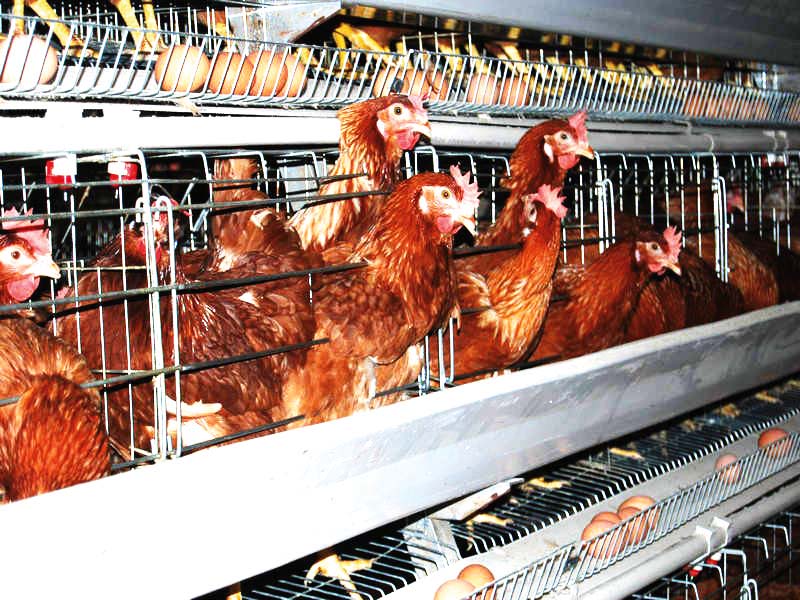
Nutrition
Laying hens require balanced feed to sustain maximum egg production over time. They need energy, proteins, fats, minerals and vitamins.
Given that feeds account for over 70 per cent of rearing costs, many farmers attempt shortcuts.
Some give their hens ‘breakfast,’ ‘lunch’ and ‘supper,’ in which case the birds do not get enough feeds.
While others add other feed ingredients to commercial feeds.
Again many farmers need to know the consequence of this adulteration but it distorts the formulation of the eggs and eventually, the performance of birds.
Cumulatively, each layer chick consumes about 2kg of chick and duck mash, between a day old to eight weeks.
One growing pullet consumes about 7kg growers mash cumulatively, between 9 and 20 weeks.
A layer bird cumulatively consumes about 50kg of mash for her entire optimal laying life of 12 months (about 140g/day).
If a farmer finds that their hens are eating more, it is most likely that they have a lot of spillage (they eat more when it is cold).
Spillage can be corrected by raising or lowering the feeders so the feed level is the same as the back of the hens.
Profitability
A tray of eggs costs between shs 10,000 to shs 15,000. This implies all factors kept constant, a farmer should be able to maximize profit given that each hen lays hundreds of eggs in its lifetime.
















